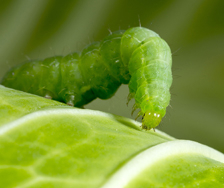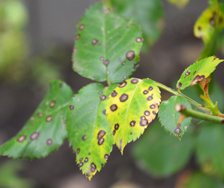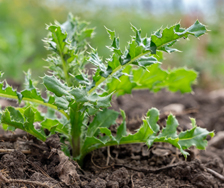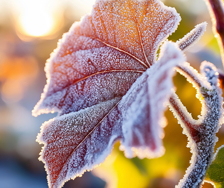Yates Account
Join now
Create a Yates account today!
Sign up to join the Yates Garden Club for monthly e-mails packed with seasonal inspiration, tips for success & exclusive promotions.
Plus if you’re a Garden Club member you can take part in the Yates Growing Community - a blog to share successes, get advice & win prizes in fun challenges along the way!

Forgot password
Enter the email address associated with your account, and we'll email you a new password.

Fuchsias (Fuchsia cvs) are a much loved perennial garden favourite. Not only can they be used in the garden, but also in hanging pots, part shade and full shade. They burst into flower from late spring to early winter and exude happiness with their blend of contrasting colour. When in full bloom the bush can seem like a cluster of full-skirted ballerinas waiting to move onto the stage.
How to grow fuchsia in a garden
- Choose a sheltered spot in the garden and prepare the planting area well by digging in Yates Dynamic Lifter Organic Plant Food.
- Dig the planting hole twice as wide and to the same depth as the root-ball. Remove the shrub from the container, gently tease the roots.
- Position in hole and backfill with soil, gently firming down. Form a raised or doughnut-shaped ring of soil around the outer edge of the plant's root zone. This helps keep water where it's needed. Always water in well after planting to settle the soil around the roots and keep the soil moist for several weeks while the new plant establishes.
- Mulch around the base with organic mulch like bark chips, woodchip or pea straw, keeping it away from the base of the plant.
- Feed during the growing and flowering season with Yates Thrive Rose & Flower Granular Plant Food.


How to grow fuchsia in a pot
- Choose a pot or hanging basket at least 300mm wide and deep. Position in a sheltered spot. If planting in a hanging basket, choose a pendulous variety so that the flowers can be seen from below.
- Fill chosen pots or hanging baskets with quality potting mix, such as Yates Premium Potting Mix.
- Remove the shrub from the container, gently tease the roots.
- Position in hole and backfill with potting mix, gently firming down. Water in well.
- Mulch around the base with organic mulch like woodchip or pea straw, keeping it away from the base of the plant.
- Feed regularly during the growing and flowering season with Yates Thrive Roses & Flowers Liquid Plant Food. TIP: For an added boost apply Yates Thrive Natural Fish & Seaweed+ Plant Food Concentrate.
Growing tips
- Fuchsias don’t like temperature extremes and will require protection from the hot midday and afternoon sun.
- Remove any spent flowers to encourage further blooms.
- Fuchsias can recover from a harsh prune. It is best to give them a light prune just after flowering to promote bushy growth.
- Because fuchsias flower on new wood, it’s helpful to prune regularly and thereby encourage new flower-promoting growth. Cut plants back hard in late winter (spring in cold areas) and give a tidy up in mid-summer. Pinch back the soft growing tips to encourage bushiness.
- Watch for sap-sucking pests, especially on plants growing in dry spots under leaves. Use Yates Nature's Way Organic Citrus, Vegie & Ornamental Spray Ready to Use to treat thrips, aphids and mites and Yates Super Shield Rose Spray Concentrate to control fungal diseases like powdery mildew.
Gomphrenas are hardy plants that provide lovely rounded, papery flower heads. They're available in shades of white, pink and plum.
Orange Trumpet Vine
Orange trumpet vine, with its brilliant cascading masses of orange tubular flowers, is one of the most spectacular winter flowering climbers.
Spring Stars
Spring Stars are a versatile addition to any garden with delightful lavender-blue, star shaped blooms.
Flax
Flaxes (Phormium spp.) are highly versatile plants which don't mind swampy or dry conditions. Great for large pots or planted en-masse in garden beds.
Recommended products
Yates Dynamic Lifter Organic Plant Food
Releases nutrients slowly, improves the structure and moisture retention of the soil and encourages earthworms and beneficial soil micro-organisms.
Yates Thrive Rose & Flower Granular Plant Food
Specially formulated to grow all types of flowers. With high potassium for large & abundant flowers, added calcium & iron for stronger flowers.
Yates Premium Potting Mix
A premium potting mix, ideal for all potted plants and shrubs, including ornamentals, fruit trees, vegies and herbs.
Yates Thrive Natural Fish & Seaweed+ Plant Food Concentrate
A complete plant food enriched with natural fish, seaweed, humates, molasses and more - boosted with NPK to improve plant and soil vitality.

















Share
Share this article on social media